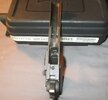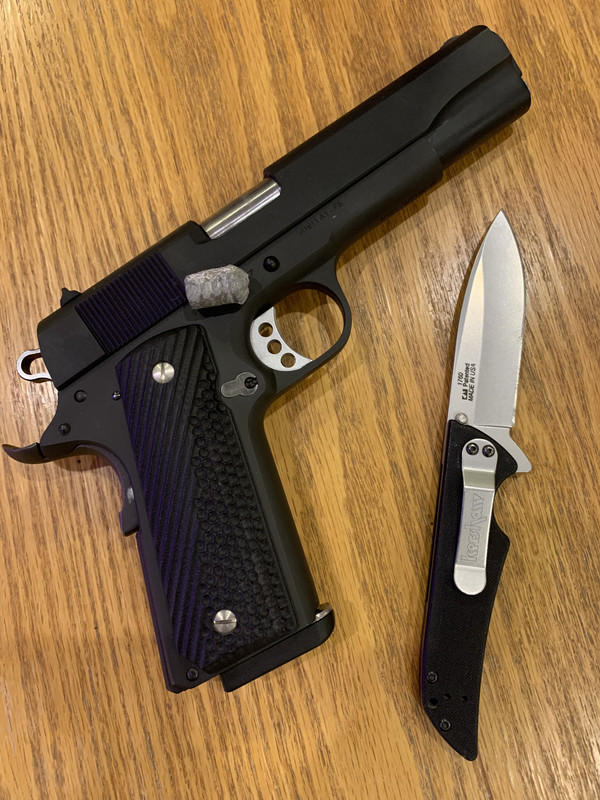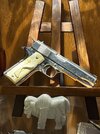Dave DeLaurant
Member
There is definitely a difference between frames when comparing standard barrels and ramped barrels. The 45 was purchased in 2007 while the 9/38 was purchased in 2020
The ramped vs. non frame difference can also affect the compatibility of aftermarket .22 rimfire slides. I can speak specifically with regard to the Ciener conversion -- it will fit the RIA .45 frame (purchased 2011) just fine, but it will not fit onto the ramped frame of the RIA .38 Super (purchased 2021.)
I can't comment on conversion compatibility with products from other companies, but it's something to verify before investing in a conversion unit.




